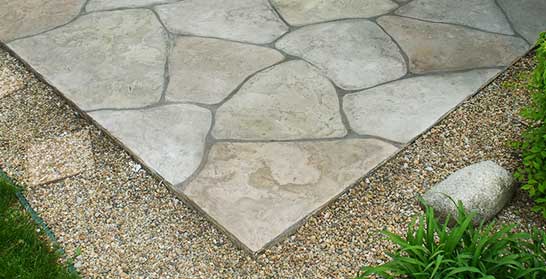Decorating concrete is definitely coming back as a style choice. Part of the reason for this is the advent of 3D printing. Design and construction companies around the world are taking advantage of this technology to create scaled models that can show purchasers a better perspective of what these decorative solutions will look like in real terms.
The Chinese company Winsun has gone beyond this with a 3D printer capable of producing the actual structural elements up to 132-foot x 33-foot in size.
How Concrete Is Decorated
Traditionally, decorating concrete involves transforming ordinary concrete into something with more aesthetic appeal, which may or may not also be a functional part of a structure. This is done by using different materials during the pouring process or after curing. This can include techniques such as dyes, stamping, staining, overlays, polishes and forms.
Modern concrete dyes come in a wide variety of colors. They can be added to the mix or applied after curing, depending on the desired effect. Surface dyes are designed to both penetrate the concrete and withstand UV fading for a more permanent effect.
Stamping creates a whole new look such as cobblestones, wood grain, shells and any number of options. The texture is usually applied by stamping a rubber mold into the surface before it has set.
 Acid staining involves applying a mix of muriatic acid and other elements to a concrete surface. Due to inconsistencies in the concrete itself, this creates a mottled, earth-toned surface that’s unique to each slab.
Acid staining involves applying a mix of muriatic acid and other elements to a concrete surface. Due to inconsistencies in the concrete itself, this creates a mottled, earth-toned surface that’s unique to each slab.
Water staining is somewhat different in that it doesn’t react with the concrete. Typically, there is a substance like epoxy or acrylic added so that it’s more of a coating than a stain. It can form opaque colors or a translucent appearance, depending on the stain.
Overlays are essentially an acrylic resin that is applied in thick layers which bond to the concrete surface. They can also be textured before drying as stamped overlays.
Polishing is done by grinding the concrete surface with diamond pads. Usually, a silicate hardener is applied first so that the surface can take the polish without crumbling.
Engraving is done by grinding artwork or patterns into the surface with a diamond-tipped tool made for the purpose.
Concrete Forms
A form is essentially a mold. This might be anything from uniquely shaped blocks to highly detailed images. Typically the concrete is poured into the form on site, but it’s also possible to get portable shapes made elsewhere and shipped to a building site for quick installation.
The Del Zotto family has been providing the concrete industry with quality products for more than 50 years. We are recognized experts in the pre-cast forms business.
If you’re looking to add a creative element to your concrete work, feel free to stop by our facilities and explore all the options we can provide. Our knowledgeable staff will be happy to answer any questions.

